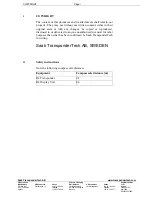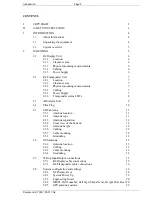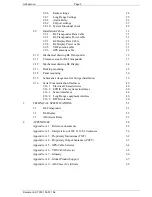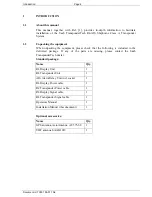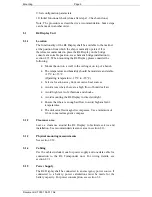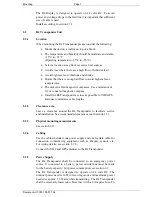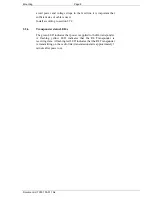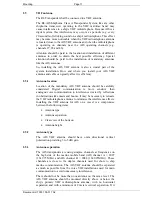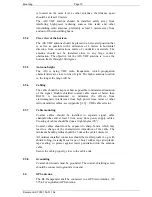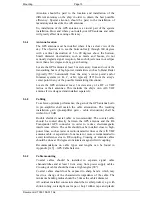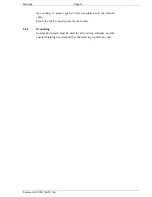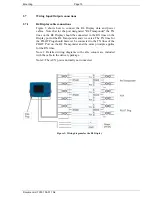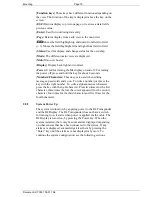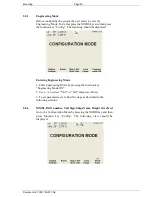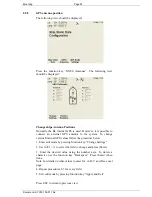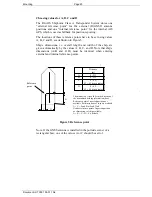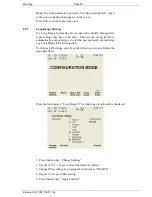
Mounting Page
11
Document id: 7000 108-011 A2
2.5 VHF
antenna
The R4 Transponder shall be connected to a VHF antenna.
The R4-AIS Shipborne Class A Transponder System, like any other
shipborne transceiver operating in the VHF maritime band, may
cause interference to a ship’s VHF radiotelephone. Because AIS is a
digital system, this interference may occur as a periodic (e.g. every
20 second) soft clicking sound on a ship’s radiotelephone. This effect
may become more noticeable when the VHF radiotelephone antenna
is located close to the AIS VHF antenna and when the radiotelephone
is operating on channels near the AIS operating channels (e.g.
channels 27, 28 and 86).
Attention should be paid to the location and installation of different
antennas in order to obtain the best possible efficiency. Special
attention should be paid to the installation of mandatory antennas
like the AIS antennas.
So, installing the AIS VHF antenna is also a crucial part of the
system installation. How and where you install your AIS VHF
antenna and cable can greatly affect its efficiency.
2.5.1 Antenna
location
Location of the mandatory AIS VHF antenna should be carefully
considered. Digital communication is more sensitive than
analogue/voice communication to interference created by reflections
in obstructions like masts and booms. It may be necessary to relocate
the VHF radiotelephone antenna to minimise the interference effects.
Installing the VHF antenna for AIS on a vessel is a compromise
between the following items:
•
Antenna type
•
Antenna separation
•
Clear view of the horizon
•
Antenna height
2.5.2 Antenna
type
The AIS VHF antenna should have omni directional vertical
polarisation providing 3 to 5 dBi gain.
2.5.3
Antenna separation
The AIS transponders are using simplex channels at frequencies on
the high side of the marine mobile band (AIS channel A = 2087
(161.975 MHz) and AIS channel B = 2088 (162.025MHz)). These
channels are close to the duplex channels used for shore to ship
marine communication. The AIS VHF antenna should be separated
as much as possible from the voice VHF installations used for main
communication to avoid unnecessary interference.
There should not be more than one antenna on the same level. The
AIS VHF antenna should be mounted directly above or below the
ship’s primary VHF radiotelephone antenna, with no horizontal
separation and with a minimum of 2 meters vertical separation. If it


